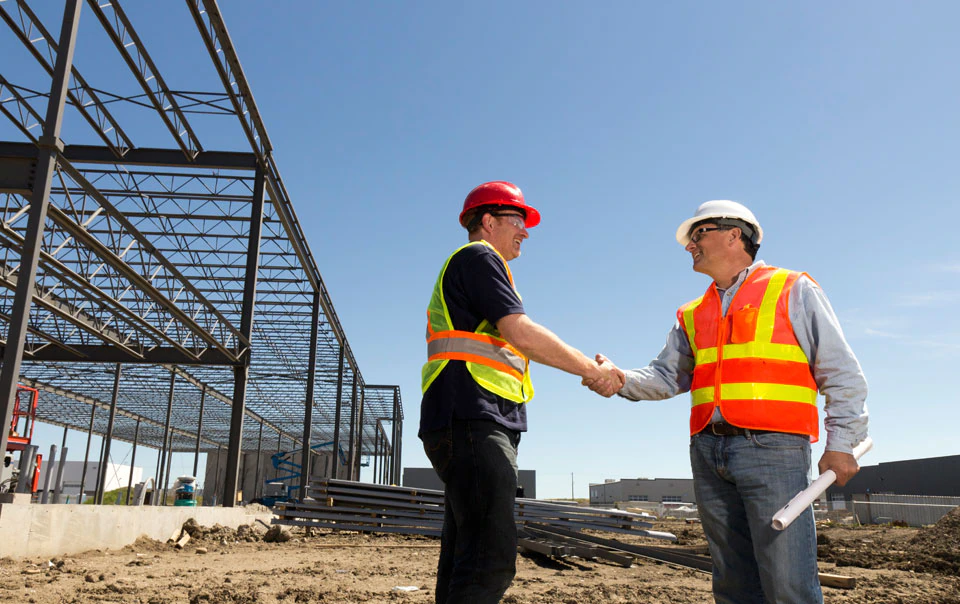Types of Construction Defects

Construction defects can result from deficiencies in the product itself, how something is designed, installed, operated or maintained. Damages might be seen immediately (such as a burst water pipe), or appear over time (such as a slowly shifting foundation).
When allegations of construction defect are presented, understanding each of these potential failure mechanisms (design, installation, products and operation/maintenance) can help to identify potential culpable parties.
#1 Design deficiencies

Such as failure of architects or engineers in the design of a building or system. Flawed roof designs that result in water penetration, poor drainage or inadequate structural support are examples.
#2 Material deficiencies

Such as failure due to defective or damaged building materials. Inferior products that do not last as long as intended or window frames bent during transit that do not allow for proper installation, leading to water intrusion, are examples.
#3 Construction deficiencies

Such as failure due to poor quality workmanship, which can result in a range of damages. Improper plumbing work causing leaks that might promote mold growth or damage electrical wires in a wall is an example.
#4 Operational and maintenance deficiencies

Such as failure of the owner to use or maintain the structure or system properly. Not maintaining an exterior sealant, which may cause it to break down and let water in, is one example. Keeping the temperature on an HVAC system too low through the winter, causing pipes to freeze, is another.
Protecting your work against construction defect allegations
Being prepared to defend yourself against a construction defect claim is a good business strategy. Document every step in the construction process to build a solid record that can be used in court. Pay attention to current laws and requirements in the regions where you work. Work closely with your insurance and legal advisors to help prevent and mitigate your construction defect liability.



